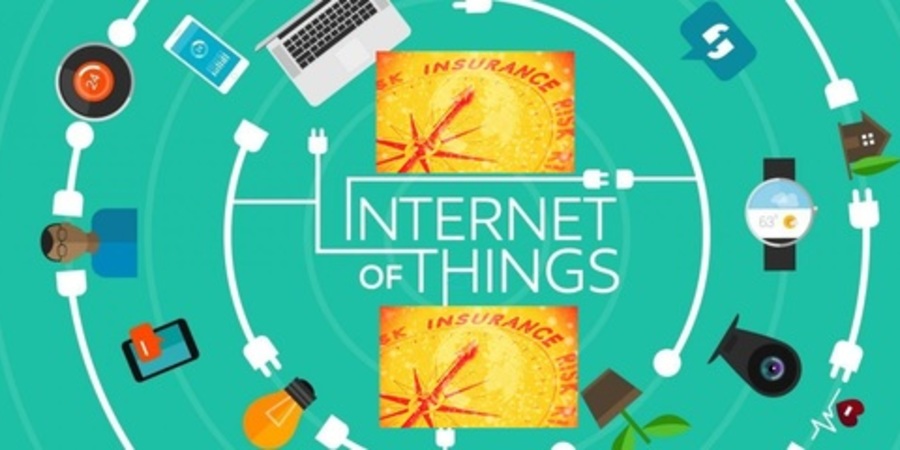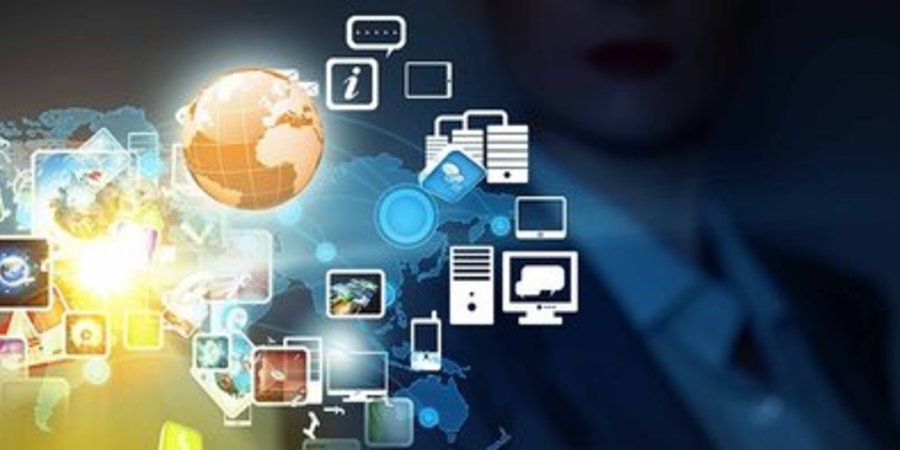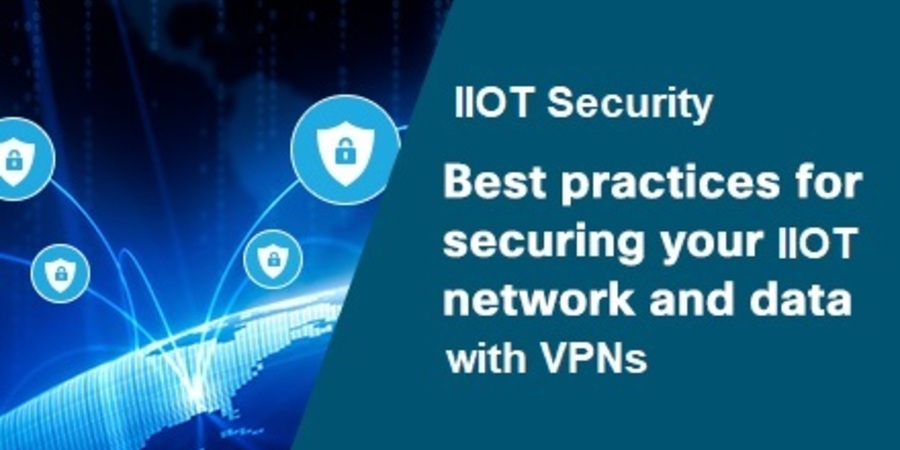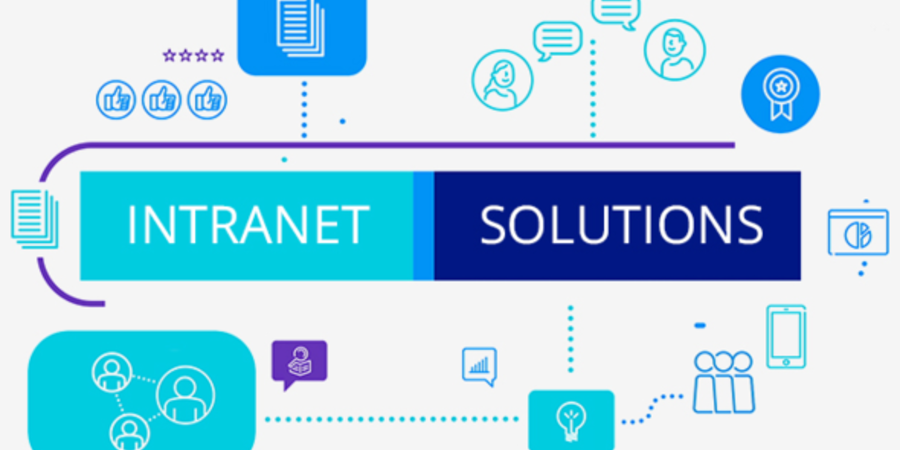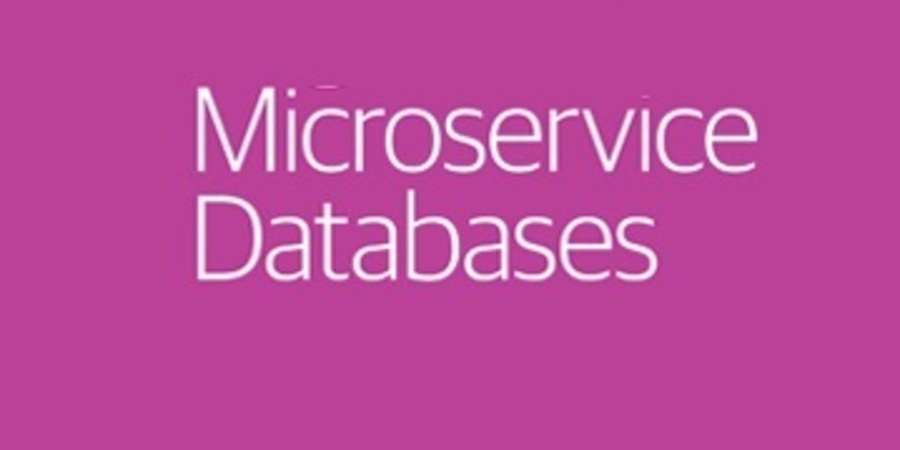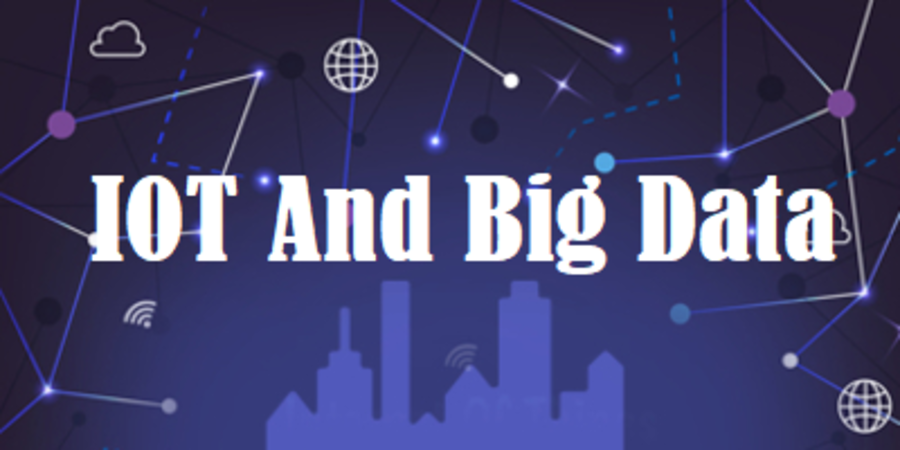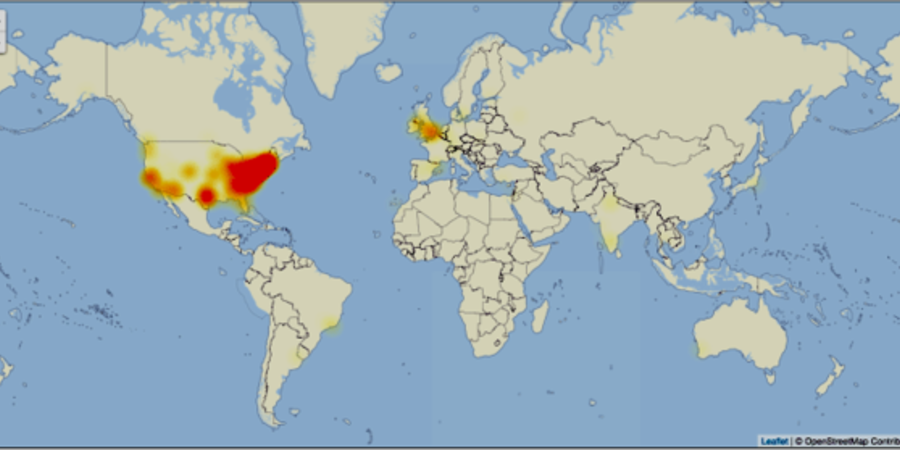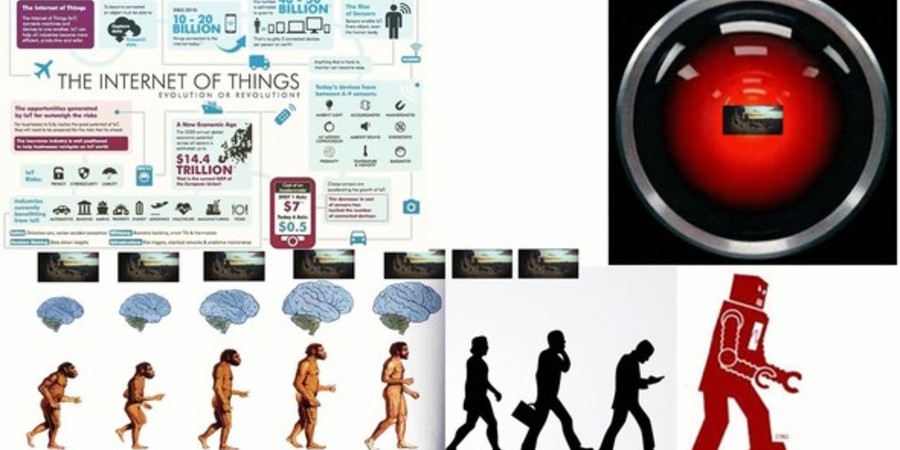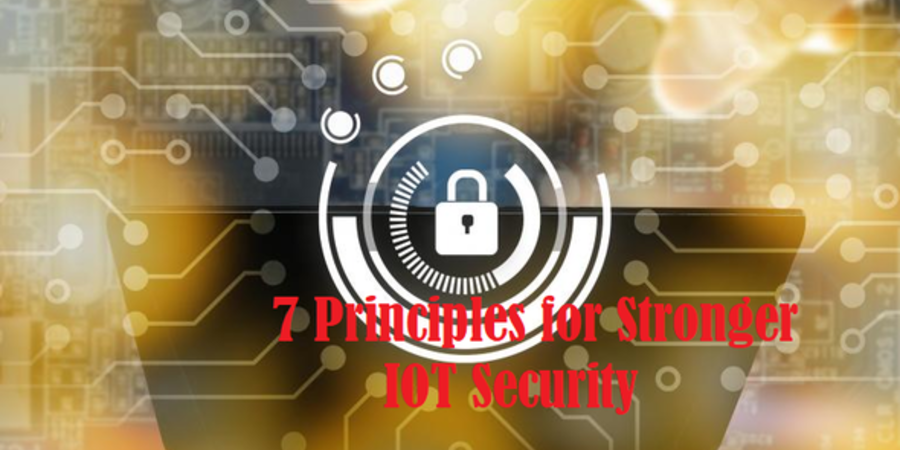Few industries will see as big an impact from the internet of things as the insurance sector. Indeed, IoT has the potential to touch nearly every facet of insurance, with the promises of both benefits and risks for carriers as well as their customers. IoT will impact how insurance underwriting and pricing are done for markets including transportation, home, life, healthcare, workers’ compensation and commercial. And it will transform the way insurers gather information about customers and their environments to process claims, determine risks and calculate costs.

